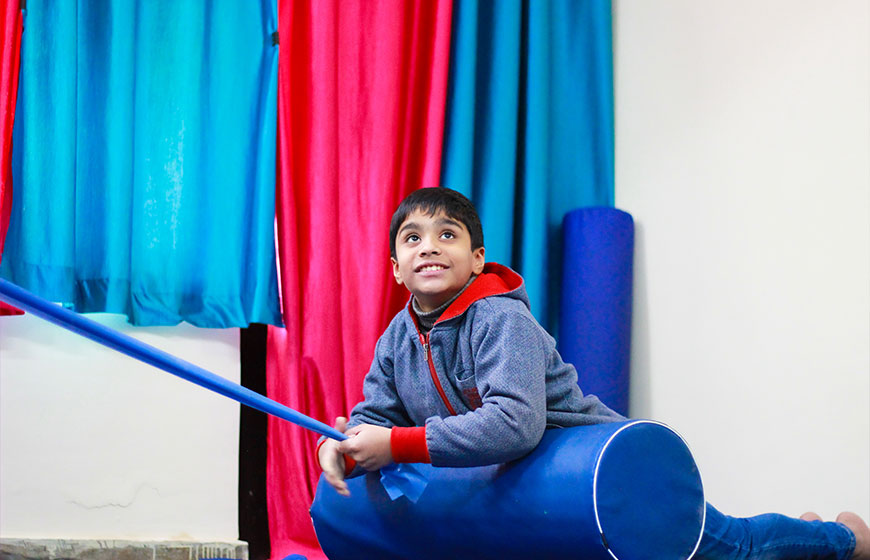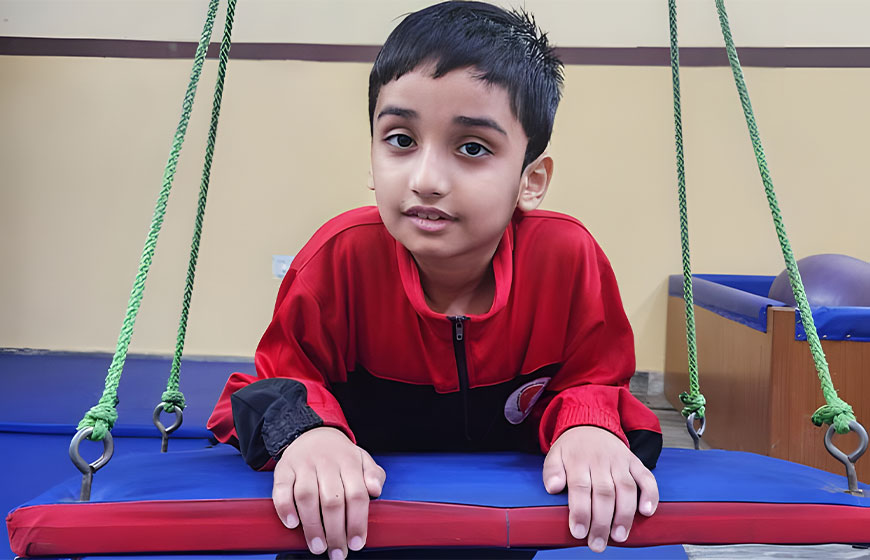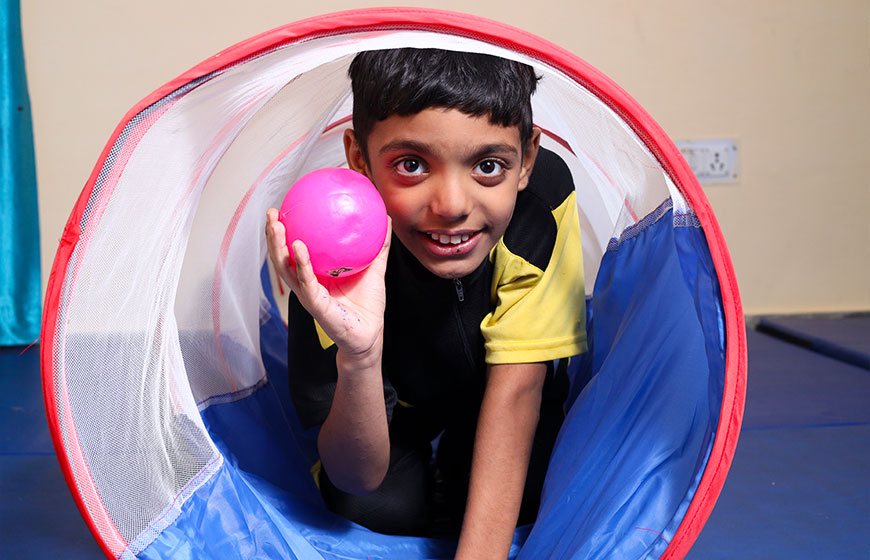
Occupational Therapy:
At Parnav, our Occupational Therapy program focuses on building independence in children by improving their ability to perform daily tasks and participate meaningfully in school and home life. We help children develop fine motor skills, sensory integration, coordination, attention, and self-care abilities.
Through engaging, purposeful activities, our occupational therapists work on enhancing hand strength, grip, balance, posture, and visual-motor integration. Whether it's helping a child hold a pencil correctly or manage sensory sensitivities, we offer goal-driven interventions tailored to each child's strengths and challenges.
"When everyday tasks become achievable, confidence and independence naturally follow."
Key Highlights:
- Customized therapy plans targeting fine motor, sensory, and coordination skills
- Support for handwriting, dressing, eating, and other daily living skills
- Sensory integration therapy for children with sensory processing challenges
- Activities that promote attention, organization, and self-regulation
- One-on-one sessions with certified occupational therapists
- Home and classroom strategies for continuity of care


Physio Therapy:
Our Physiotherapy services at Parnav aim to strengthen physical development and mobility in children with motor delays, muscle weakness, or neurological challenges. Early physiotherapy plays a vital role in improving posture, balance, gait, and overall movement.
We provide a safe and motivating environment where children work on their gross motor milestones—such as sitting, crawling, standing, and walking—under the expert supervision of pediatric physiotherapists. Each session is tailored to the child’s abilities and guided by clearly defined therapeutic goals.
"Movement is freedom — our therapy helps children take confident steps toward it."
Key Highlights:
- Therapy focused on motor development, balance, strength, and coordination
- Support for neurological, orthopedic, and developmental conditions
- Use of play-based movement therapy and assistive techniques
- Personalized goals aligned with each child’s physical needs and milestones
- Guidance for parents to continue physical exercises at home
- Improved posture, mobility, and participation in daily and school activities





